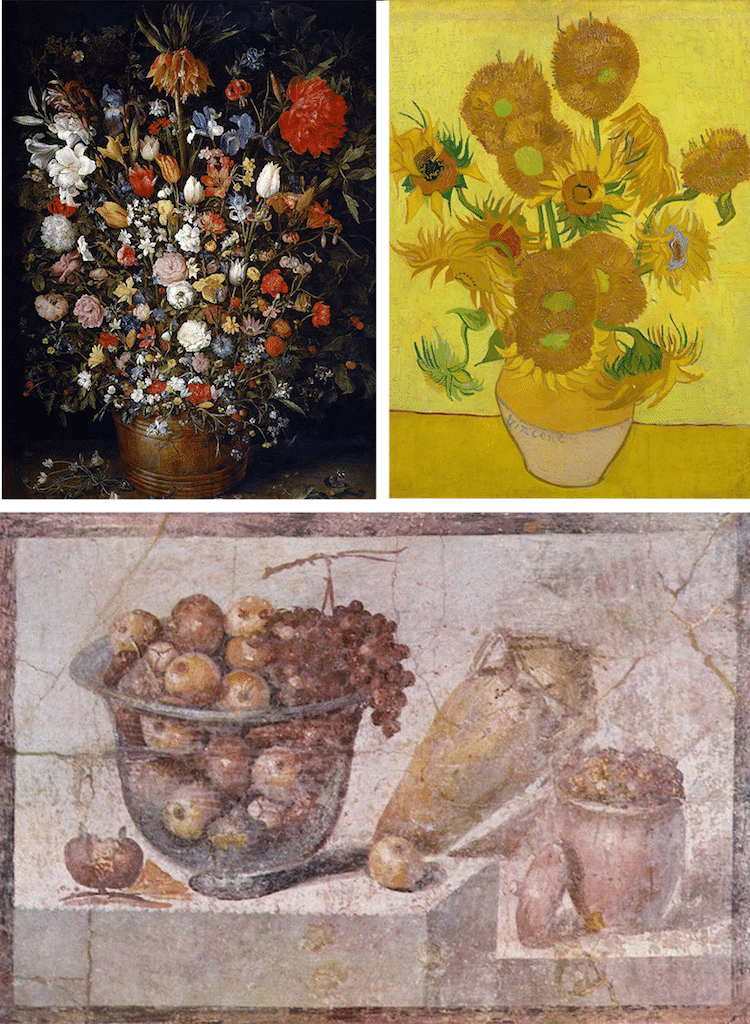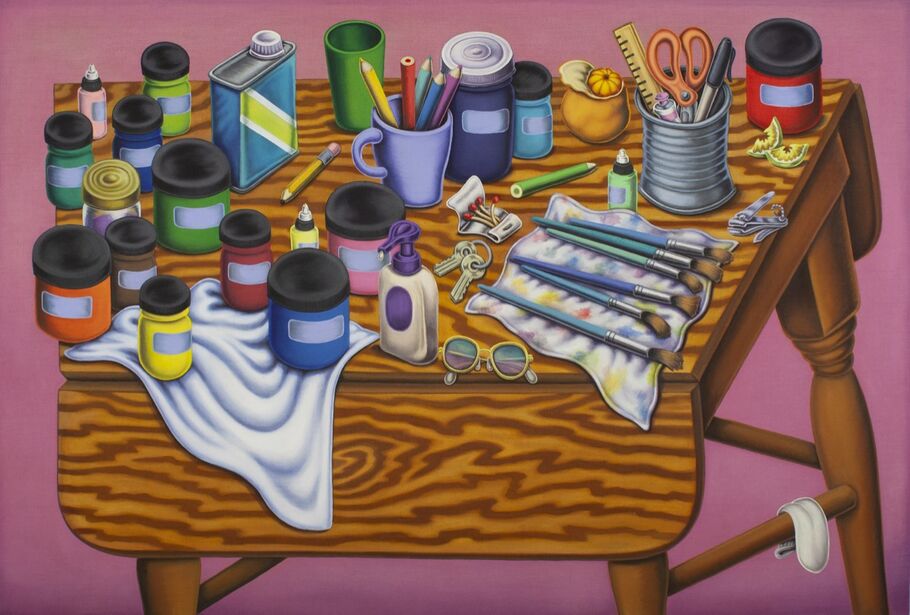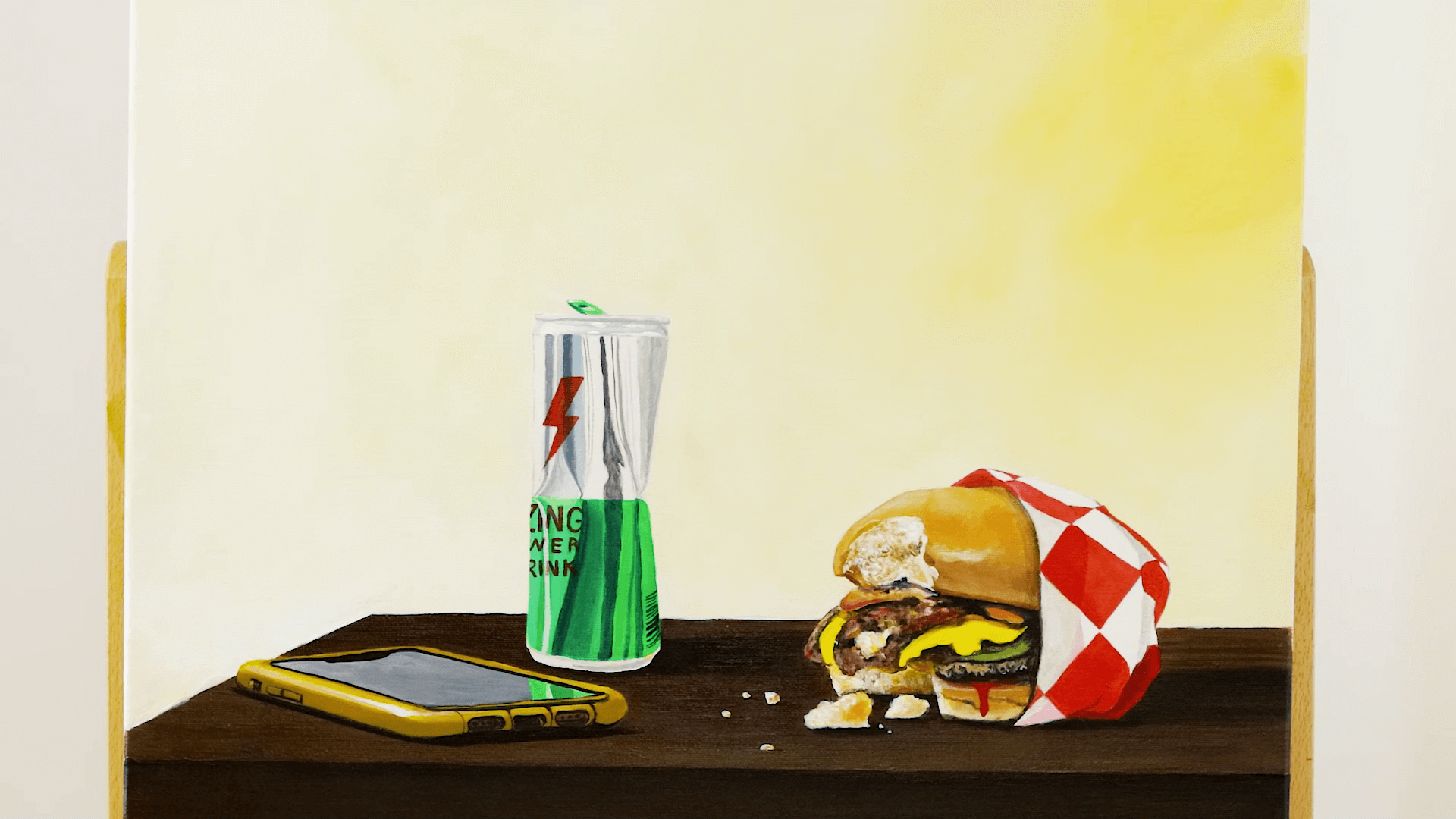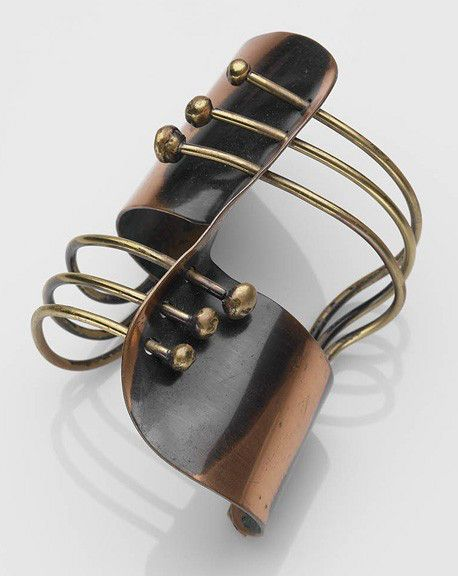Sustainability Meeting the needs of people now without compromising the ability of people to meet their needs in the future.
This means a lot of things, but in art class it can mean using materials wisely, and not wasting them. It might mean re-using paper, cardboard, magazines and other items rather than throwing them away.
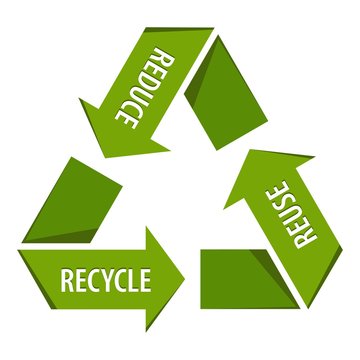
Every time you throw something away it gets sent to a landfill. More and more rubbish is piled on top until it is too big and the landfill has to be closed.
The great thing is that many things can be reused and recycled.
Lets watch what this might look like for you.
PBS Garbage
The art room is a GREAT place to REUSE items. Let's think about magazines in particular. WHY should we reuse them?
PBS Magazines
Cut shapes out of a magazine page. Here they cut out the shapes of houses.
Derek Gores Collage Artist

Make an animal portrait. Get a copy of an animal and cut and glue magazine papers to cover most of the animal, leaving some of the original features visible.
Cut out shapes to create texture in your art.
You could use lots of different colors, or try to stay in the same color family, like all greens or all blues.

Make a portrait, use magazine facial features, and cut squares to frame it!
Find images you like, cut them out and create a story-or make something surreal













